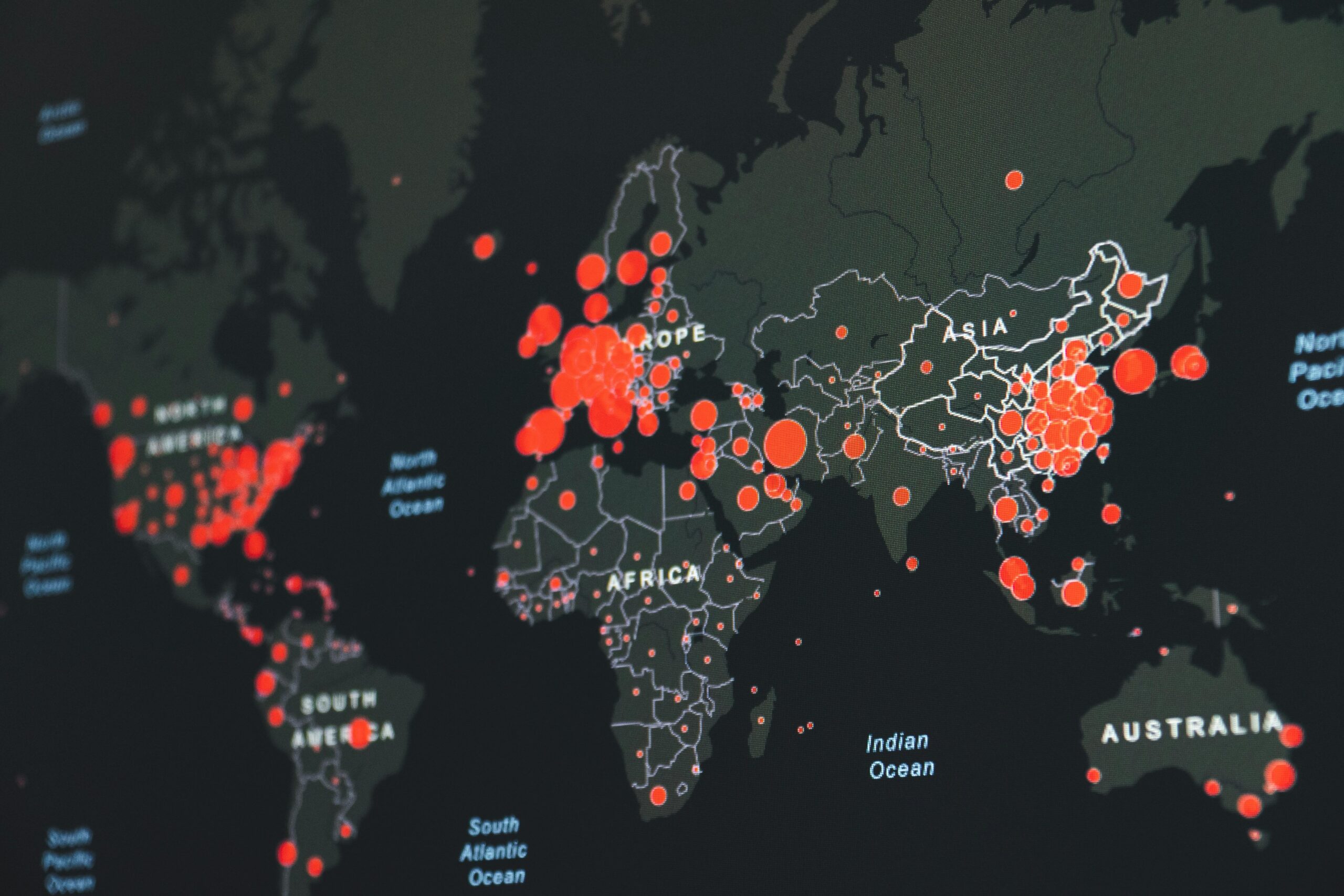Have you ever wondered what goes on inside the mind of a stalker? What fuels their relentless fixation and compels them to invade someone’s life with such intensity? Stalking is a disturbing and complex behavior that often leaves victims feeling powerless and confused. But beneath the surface lies a tangled web of emotions, desires, and psychological triggers that drive this obsession. In this article, we’ll take a curious dive into the inner workings of a stalker’s mind—exploring the motivations, thought patterns, and underlying issues that push them over the edge. Join me as we unravel the mystery behind what really drives their obsession.
Table of Contents
- Understanding the Psychological Triggers Behind Stalker Behavior
- The Role of Obsessive Thinking and Emotional Fixation in Stalking
- How Early Life Experiences Shape Stalking Tendencies
- Practical Steps to Recognize and Protect Yourself from Obsessive Pursuit
- Final Thoughts
Understanding the Psychological Triggers Behind Stalker Behavior
At the core of stalking lies a complex web of psychological triggers, often rooted in deep-seated emotional needs and distorted cognitive patterns. Many stalkers exhibit an overwhelming need for control and a profound fear of abandonment, which drives their relentless pursuit. This obsession can stem from past traumas, low self-esteem, or even untreated mental health issues like delusional disorders or attachment pathologies. The victim, in the stalker’s distorted reality, becomes not just a person but a symbol of the stability and validation they crave.
Certain behavioral patterns also illuminate what fuels this dangerous fixation. Among these are:
- Idealization and Devaluation: Rapidly shifting between obsessing over the target as perfect and then demonizing them when expectations aren’t met.
- Obsessive Rumination: Constantly replaying encounters and interactions to find meaning or justification for their fixation.
- Entitlement and Rationalization: Believing they have a special right or bond with the target regardless of the other person’s feelings.
Understanding these psychological triggers is crucial for professionals and victims alike—it opens the door to more effective interventions and highlights the importance of not dismissing early warning signs of obsessive behaviors.
The Role of Obsessive Thinking and Emotional Fixation in Stalking
At the heart of stalking lies a relentless loop of obsessive thinking that traps the individual in an unyielding mental prison. This obsessive focus distorts reality, making the target of their fixation appear as the sole source of meaning and purpose. Their thoughts become cyclical, fueled by racing emotions and a desperate need for control or connection, often spiraling beyond reason. In this state, the stalker’s brain prioritizes access to the person over everything else, creating a persistent urge to monitor, follow, or contact them despite clear boundaries or consequences.
Emotional fixation intensifies this obsession by anchoring the stalker’s identity to the emotional highs and lows tied to their target. Feelings of loneliness, rejection, or perceived affection morph into compulsions, blurring lines between love, fear, and possession. This emotional cocktail often leads to behaviors driven by:
- Distorted perceptions of intimacy and reciprocity
- Unyielding hope for reciprocated feelings
- An inability to cope with abandonment or loss
- A heightened sensitivity to perceived slights or signals
By intertwining cognitive fixation with emotional dependency, stalkers find themselves trapped in a self-perpetuating cycle, making disengagement a daunting psychological challenge.
How Early Life Experiences Shape Stalking Tendencies
From the earliest days of life, the foundation for future behavior is laid, and for some individuals, these formative years sow the seeds of obsession. Those who develop stalking tendencies often share a history marked by instability, neglect, or trauma. Childhood environments characterized by inconsistent affection or emotional abandonment can leave a lasting impression—one where the need for control and attachment takes on an unhealthy dimension. In many cases, unmet emotional needs during this critical period foster a deep-seated fear of rejection, fueling persistent and intrusive behavior later in life.
Psychological studies highlight several key experiences that frequently intersect with stalking behaviors:
- Early exposure to domestic violence or abuse, which distorts the understanding of healthy relationships.
- Parental overprotectiveness or authoritarian rules, often resulting in rebellion fused with fixation.
- Neglect and lack of emotional validation, leading to feelings of invisibility and desperation for attention.
- Attachment disorders in early childhood, influencing difficulties in forming genuine emotional bonds.
These complex layers from one’s past create a psychological backdrop where obsession is a misguided attempt to fulfill unresolved emotional wounds. Understanding these roots is crucial to unraveling the mystery behind their relentless pursuit and the compulsions that overpower rational judgment.
Practical Steps to Recognize and Protect Yourself from Obsessive Pursuit
Understanding the subtle warning signs of obsessive pursuit is the first line of defense in safeguarding your peace of mind. Pay close attention to behaviors that escalate beyond casual interest—such as persistent attempts to contact you across multiple platforms despite clear requests to stop, or unexpected appearances in places you frequent. Trust your instincts; if someone’s attention feels invasive rather than harmless, it’s crucial to acknowledge those feelings seriously. Document every interaction meticulously, including dates, times, and the nature of each contact. This record can serve as vital evidence should you need legal protection or intervention.
Equipping yourself with practical safeguards can significantly reduce vulnerability. Establish clear boundaries on social media by tightening privacy settings, limiting shared personal information, and regularly reviewing your friend or follower lists. Inform friends, family, and coworkers about the situation so they can support you and monitor your well-being. Consider creating a personalized safety plan that includes safe places to go if you feel threatened and emergency contacts at the ready. Remember, reaching out for professional help from counselors or law enforcement is not a sign of weakness but a proactive step toward reclaiming control.
Final Thoughts
As we peel back the layers of obsession and compulsion, it becomes clear that the mind of a stalker is a complex web of fear, desire, and distorted perception. Understanding what drives these behaviors doesn’t excuse them, but it does shine a light on the psychological fissures that fuel such relentless fixation. The more we explore these dark corners, the better equipped we are to recognize warning signs, support victims, and hopefully, intervene before obsession spirals into harm. Curiosity about the “why” can lead to empathy — and sometimes, that’s the first step toward prevention.











